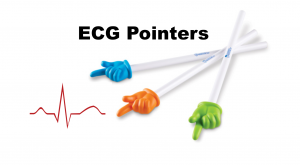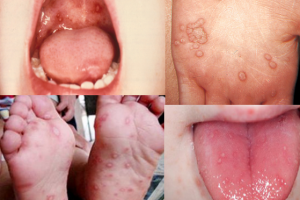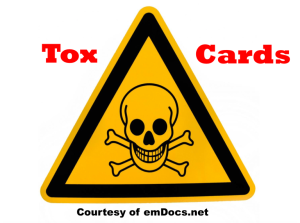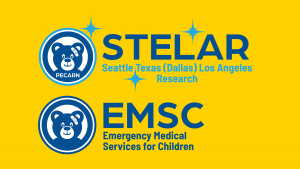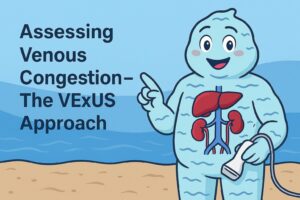We always work hard, but we may not have time to read through a bunch of journals. It’s time to learn smarter.
Originally published at JournalFeed, a site that provides daily or weekly literature updates.
Follow Dr. Clay Smith at @spoonfedEM, and sign up for email updates here.
#1: How to Get Pediatric ETT First-Pass Success – VL For the Win!
Spoon Feed
Previously, first-attempt success rates for pediatric intubations hovered around 50%. Video-assisted laryngoscopy significantly increased first-attempt success rates and also had fewer adverse outcomes.
Source
Video-Assisted Laryngoscopy for Pediatric Tracheal Intubation in the Emergency Department: A Multicenter Study of Clinical Outcomes. Ann Emerg Med. 2022 Oct 15:S0196-0644(22)00604-7. doi: 10.1016/j.annemergmed.2022.08.021. Epub ahead of print.
#2: Concise Review of Lytics and Endovascular Therapy for ‘Wake Up’ Stroke
Spoon Feed
In patients presenting with ‘wake-up’ strokes, endovascular therapy improves functional outcomes, while intravenous alteplase may also provide a small beneficial impact.
Source
What is the Efficacy and Safety of Intravenous Thrombolysis and Thrombectomy Among Patients With a Wake-Up Stroke?. Ann Emerg Med. 2022;80(2):165-167. doi:10.1016/j.annemergmed.2022.02.013
Spoon Feed
With ventilation rate standardized, chest compression depth explains variations in ETCO2 better than chest compression rate.
Source
Contribution of chest compressions to end-tidal carbon dioxide levels generated during out-of-hospital cardiopulmonary resuscitation. Resuscitation. 2022 Oct;179:225-232. doi: 10.1016/j.resuscitation.2022.07.009. Epub 2022 Jul 11.


